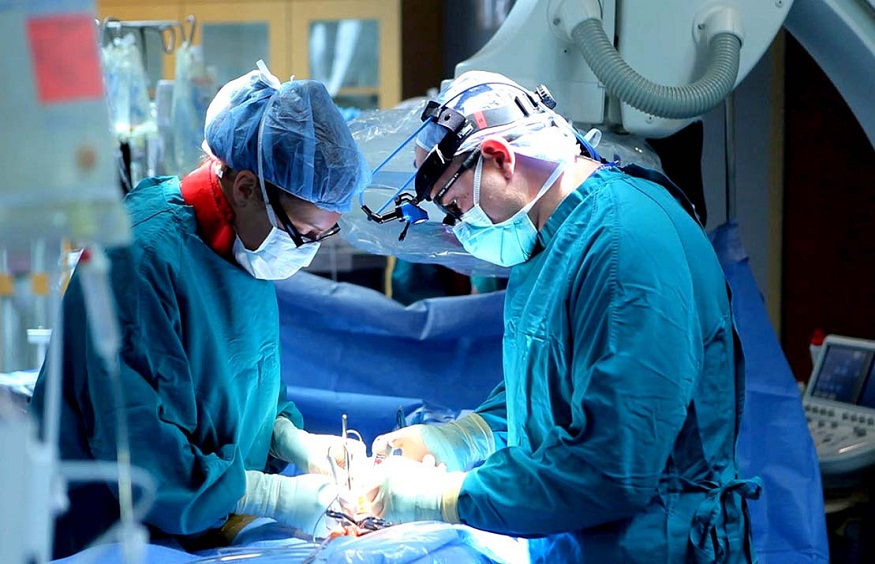Breast reduction by mammoplasty is one of the breast surgeries that can give rise to reimbursement by social security, under conditions. Depending on the weight of the breast and the volume removed during the procedure, social security may then cover part of the procedure.
BREAST REDUCTION MAMMOPLASTY: WHAT IS IT?
Some patients, handicapped by a breast that is too large, choose a breast reduction to remove excess glandular tissue and excess skin: the chest is then lifted and the areolas refocused.
This breast reduction can respond to two types of suffering, the distinction of which is essential because it determines the coverage of the breast reduction by Ameli and health insurance:
psychological suffering , when the patient finds her figure too heavy with altered femininity and difficulty dressing;
physical suffering , when breast hypertrophy generates medical problems, such as back problems.
Reimbursement of this breast reduction by social security or mutual insurance will depend in part on this surgical reason.
WHAT TO DO BEFORE A BREAST REDUCTION?
For breast reduction to result in partial reimbursement by mutual insurance and the CNAM, the mammoplasty must meet certain criteria, requiring the patient or her breast surgeon to take certain steps.
How to choose the right surgeon for breast reduction?
The first appointment should allow the patient to express her expectations and objectives, while the breast surgeon will check the technical possibilities.
He will check in particular the quality of the tissues, the existence or not of breast asymmetry and skin sagging (breast ptosis), as well as the extent of breast hypertrophy.
Its analysis and experience are then essential to assess the possibility or not of reimbursement by health insurance.
If the weight removed is less than 300 g per breast, there is no coverage by the CNAM: this is a cosmetic surgery procedure with no possibility of sick leave.
If the weight removed is greater than 300 g per breast, part of the surgery is reimbursed by social security. Depending on the contracts, the mutual insurance company can then cover all or part of the surgeon’s fees.
This is why it is essential to consult a cosmetic surgeon, to assess the possibility or not of treatment.
Establishing the estimate then allows you to find out about the reimbursement of the breast reduction by the complementary health insurance.
For any bilateral reduction mastoplasty operation for medical purposes (Ameli code QEMA013), the agreement of the social security medical officer is not necessary.
In the case of non-refundable cosmetic reduction mammoplasty, the law however imposes a period of at least 15 days before signing the estimate and breast surgery.
In general, the patient must take advantage of this pre-operative visit to ask all the questions that concern her, such as the possibility or not of breastfeeding after breast reduction (you must wait 6 to 12 months for optimal healing of the canals). galactophores).
Follow pre-operative instructions before breast reduction
To ensure optimal healing, smoking must be stopped one month before the plasty, while aspirin or anti-inflammatories must be stopped 8 to 10 days before the breast reduction.
WHAT SHOULD I DO AFTER BREAST REDUCTION?
A reduction mammoplasty requires on average a fortnight’s leave from work, and compliance with a few simple rules.
Follow post-operative instructions
Knowing how to dress after a breast reduction helps ensure optimal tissue remodeling. To limit tissue detachment and promote deep healing, the patient must wear a support bra after her breast reduction, for 4 to 8 weeks.
The patient must scrupulously follow medical recommendations: have the dressings redone on time, refrain from major efforts without the surgeon’s consent, do not expose the scar to UV rays, etc. For at least two weeks, you must know how to sleep after a reduction. breast, preferably on the back, so as not to compress the tissues and the scar.
Start reimbursement for my intervention by social security and/or my mutual insurance company
If the breast reduction is for aesthetic purposes, the patient has the right neither to reimbursement nor to sick leave: the work stoppage then takes place during her periods of leave or without pay.
If the breast reduction is greater than 300 g per breast, social security coverage is automatic, with sick leave and daily allowances.
The paid invoice then allows you to obtain reimbursement from the mutual insurance company.

